Upgrade to Windows 11: Get the Most Out of Your Computer

The world is always changing and technology is constantly evolving. With the release of Windows 11, Microsoft is set to revolutionize the world of computing yet again. After the success of Windows 10, the latest version of Microsoft’s operating system promises to bring a host of new features and capabilities to the table. For those who have been using Windows 10, the upgrade to Windows 11 should be relatively straightforward. Here’s what you need to know about the new OS and how to upgrade your system.
How to Upgrade to Windows 11
The first step in upgrading to Windows 11 is to make sure your system is compatible. You’ll need to check that your system meets the minimum hardware requirements for Windows 11. If your system is older, you may need to purchase new hardware in order to run the latest version of the OS. Microsoft recommends a minimum of 8GB of RAM, a 1GHz processor, and a minimum of 20GB of free storage.
Once you’ve determined that your hardware is compatible, you’ll need to download the Windows 11 installation files. These can be found on Microsoft’s website. Once the installation files have been downloaded, follow the instructions to install Windows 11 on your system.

Once the installation is complete, you’ll need to transfer your personal files, applications, and settings from your old version of Windows to the new version. This can be done by using the Windows Easy Transfer tool. This tool allows you to transfer your personal data from an old version of Windows to a new one.
Once the transfer is complete, you’ll be ready to start exploring the new features and capabilities of Windows 11. Windows 11 comes with a host of new features, including a new user interface, improved security, a redesigned start menu, and more. You’ll also have access to a range of new apps and services, such as the Microsoft Edge web browser, Microsoft Office 365, and the new Windows Store.
As the technology landscape continues to evolve, Windows 11 is the latest and greatest operating system from Microsoft. It’s packed with the latest features and improvements to keep your computer running smoothly, and is the perfect upgrade for anyone looking to boost their computing experience.
If you want to buy replica rolex watches, you can’t miss this website. You won’t regret it!
This collection of Tag Heuer replica features all the wonderful models you’d come to expect from the brand.
Cheap Replica Watches We Sell The Best AAA Swiss Luxury Fake Watches for the Best Place for Rolex Replica Website. Shop Now!
Windows 11 comes with a host of new features, including a redesigned Start menu, improved security features, and enhanced support for 4K displays. There are also some more subtle changes, such as a smoother and more intuitive user interface, better multitasking support, and more.
The new Start menu is more user-friendly and intuitive than ever before. You can quickly access all of your apps, programs, and settings with just a few clicks, allowing you to get right to work. The improved security features keep your computer safe, while the enhanced support for 4K displays makes the most of your high-resolution display.
If you’ve been using Windows 10, the transition to Windows 11 should be relatively straightforward. Make sure that your system meets the minimum hardware requirements, and download and install the new OS. Transfer your personal files and settings using the Windows Easy Transfer tool, and you’ll be ready to enjoy the new features and capabilities of Windows 11.

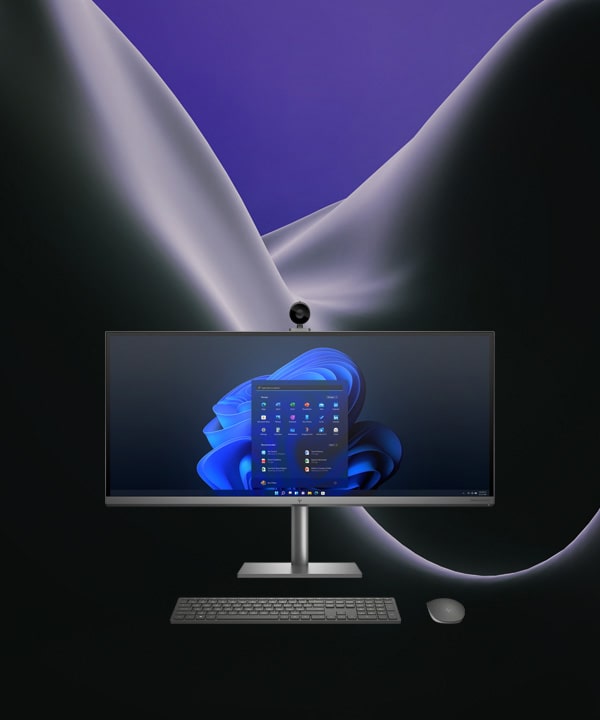






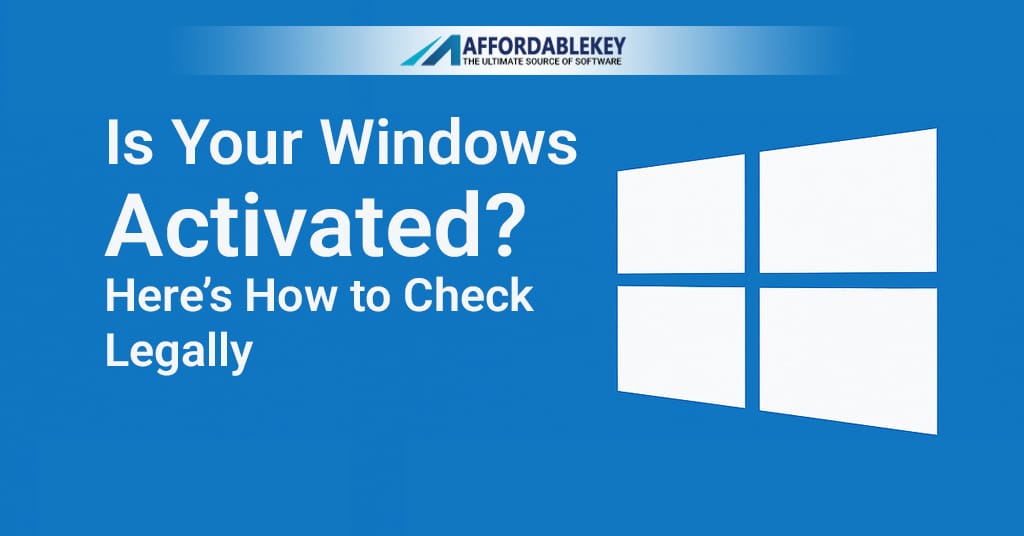

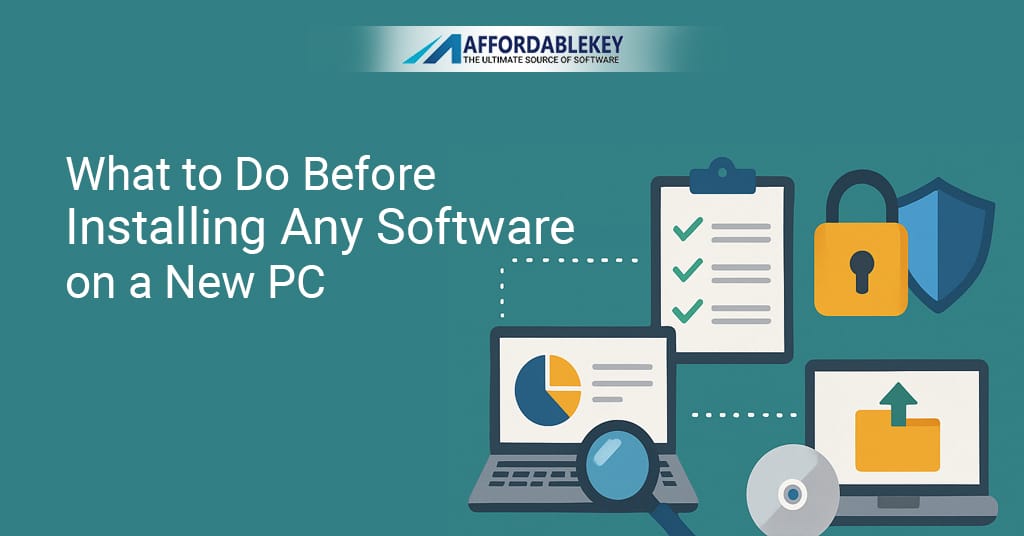
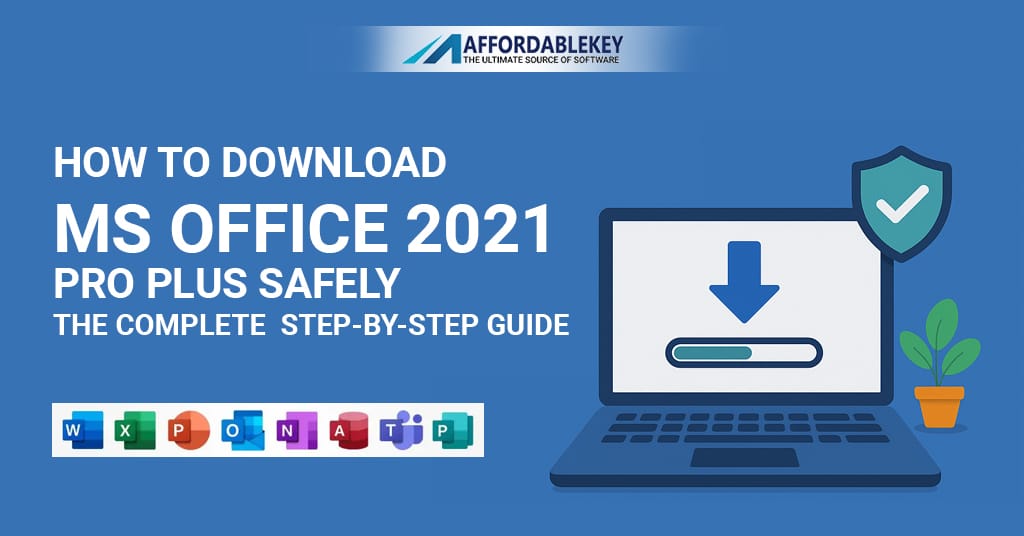
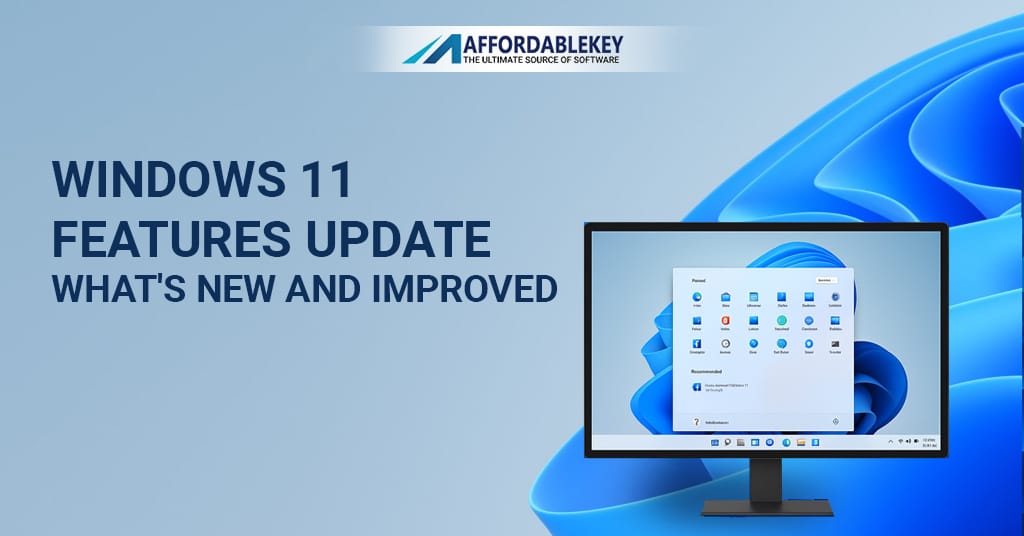


![[11.11 Offer]Buy Windows 11 key & Office 2021 key](https://affordablekey.com/wp-content/uploads/2023/11/Affordablekey-91.jpg)





